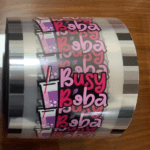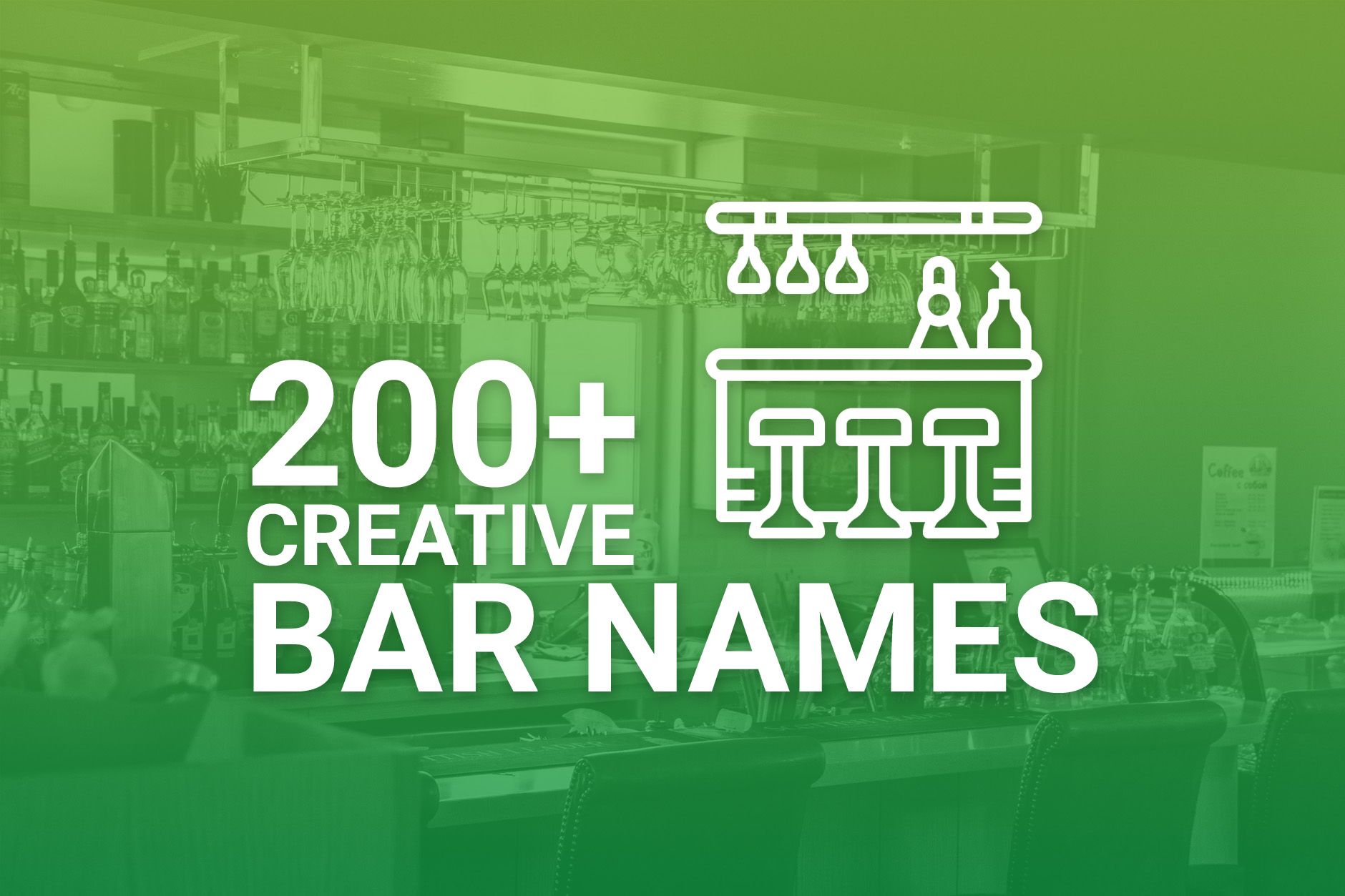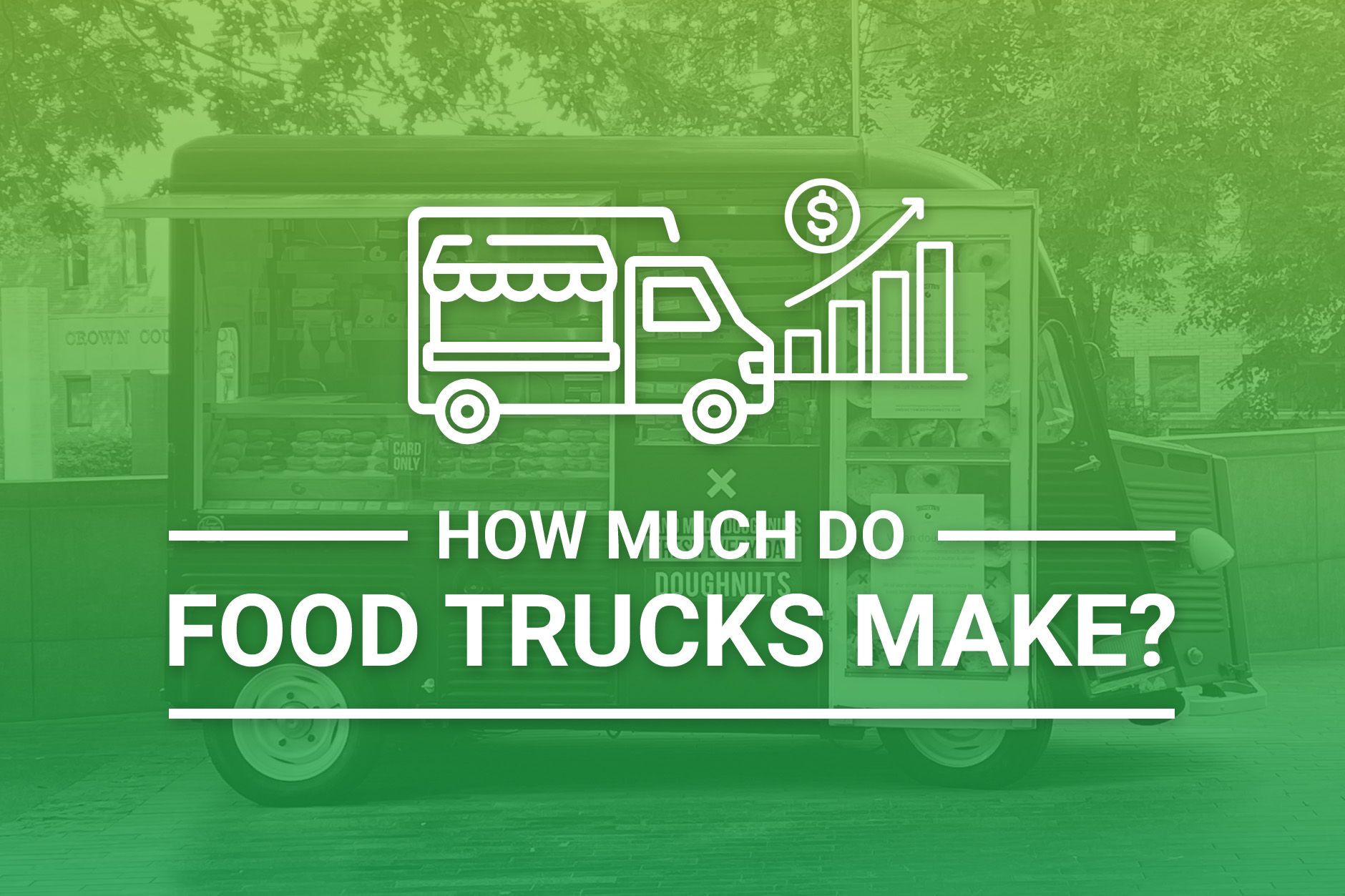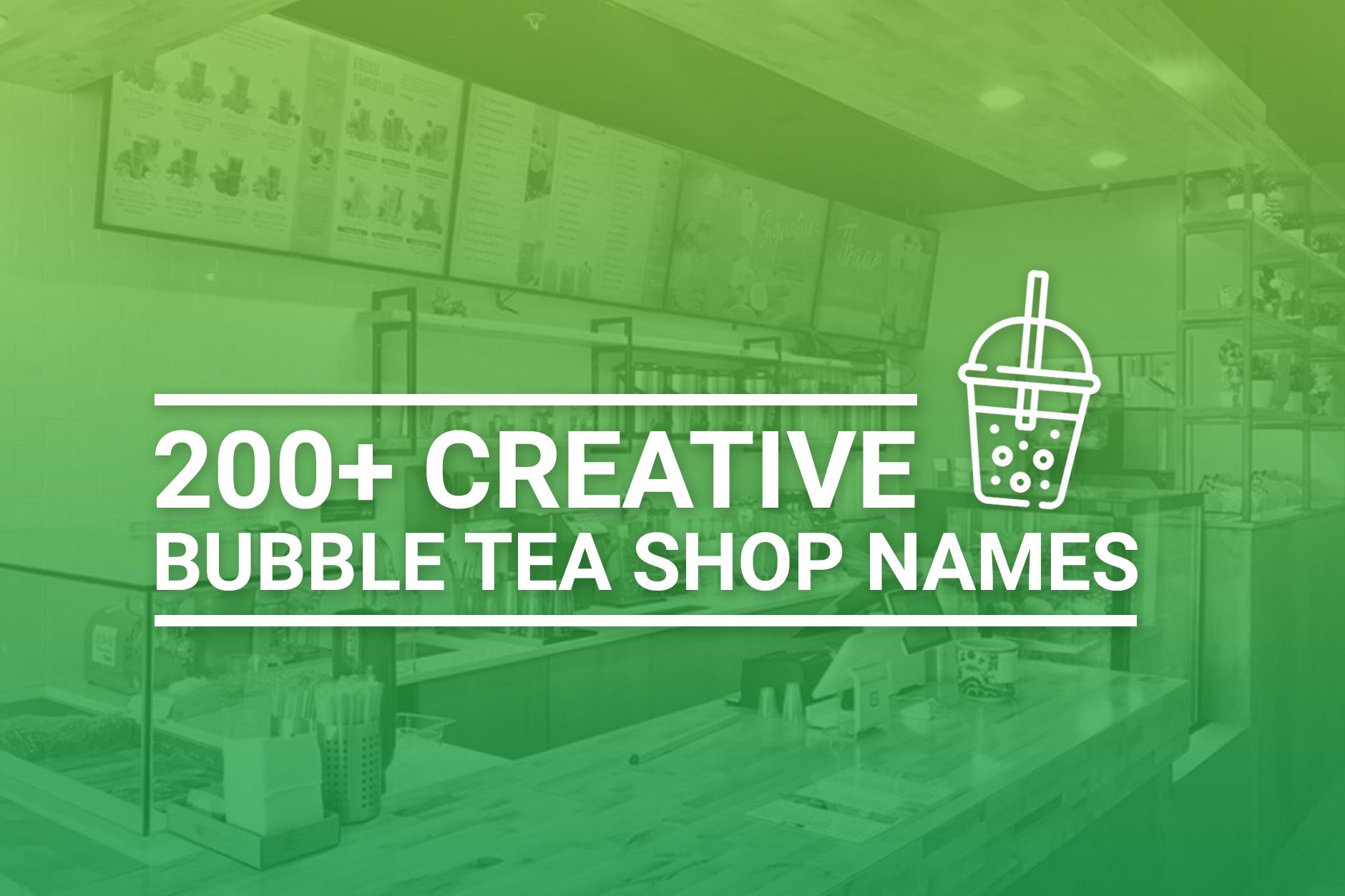One of the most important aspects of running a successful restaurant is developing a solid marketing plan. While it may be possible to get diners in the door without marketing, most people won’t even know about your establishment and what you offer unless you market it appropriately.
Crafting a marketing plan may sound daunting, particularly if you don’t have experience in this field. While it may take time to put together your marketing plan, it doesn’t have to be hard. We have outlined 8 steps that you can take to develop a marketing plan for any restaurant.
At Budget Branders, we understand just how important marketing is to your business. That’s why we offer custom branded disposable products at prices and in quantities that make sense for your company. If you want to take your branding to the next level, give us a call to request a quote.
What Is a Marketing Plan?
A marketing plan is a strategy that sets out an advertising strategy that a company will use to attract customers. Like a business plan, it is a foundational document that helps to establish exactly how an entity will operate. A well-developed marketing plan will set forth the public relations and advertising campaigns that a business will use over time to reach customers.
A good marketing plan should encompass a number of items, including:
- Market research on pricing, target audience, competitors, and more
- Tailored messaging to reach a specific demographic and/or geographic area
- Platform selection for how the advertising will occur
- Metrics to analyze the results of marketing efforts
While some businesses choose to hire a marketing firm to develop and execute this type of plan, that isn’t in the budget for many small to medium-sized companies. If you’re interested in developing your own marketing plan, read on to learn how.
How to Put Together a Marketing Plan for Your Restaurant
Building a good marketing plan takes a good amount of time. If done correctly, however, it will be well worth the effort, as it can help to draw in new customers, increase sales, or encourage repeat visits.
While these steps may seem daunting, keep in mind that you have already done much of the research when drafting your business plan. That means that you can simply pull information – like your target audience – from your business plan and plug it into your marketing strategy. This makes it far easier and less time-consuming to develop your restaurant marketing plan.
Set Your Marketing Goals
The first step in any marketing plan is figuring out what you want to accomplish. These goals will then inform the type of advertising that you do. For example, a strategy that focuses on getting new customers will likely be very different from one that has a goal of getting current patrons to visit more often.
Think about your goals. Do you want to get new people to try your restaurant? If so, then you might offer special coupons to get them to come into your business. Do you want to encourage people who already eat at your restaurant to patronize you more frequently? You might offer a loyalty program or do some targeted advertising through email or social media.
In some cases, the goal of a marketing plan may simply be to establish your brand – whether you are a new restaurant, have changed your logo or slogan, or want to promote your existing brand. If your goal is to ensure that your brand is well-known in the community, you may choose to host events, partner with other local businesses, and run advertisements.
Figure Out Your Brand
In your business plan, you probably already developed a brand for your restaurant. If you haven’t, now is the perfect time to do so. If you already have an established brand, take some time to firm up your branding from a marketing perspective.
One way to do so is by writing mission and vision statements that set out the reason why your restaurant exists and what you hope that it does in the future. These statements should be relatively concise, and focus on the unique nature of your restaurant and what it adds to the community and/or the industry.
Finally, write a positioning statement that describes how you want competitors, customers, and others in the industry to view you. This statement will help you narrow your focus when it comes to marketing. For example, if you want to position yourself as a family-friendly restaurant that offers good value, then your advertising should focus on these aspects of your business.
Determine Your Target Audience
When writing your business plan, you should have set a target audience, or who you hope will patronize your restaurant. When writing a marketing plan it is a good idea to revisit this target audience information and use it to craft a strategy.
Consider questions such as:
- Your target audience’s preferred method of communication (social media, email, in person, review sites, etc)
- Whether your target audience prefers to dine in or get take out
- Is your target audience influenced by coupons, discounts, or promotions?
- How does your target demographic decide where to eat?
By examining the behaviors of your target audience, you will be able to put together a marketing plan that achieves the goals that you outlined in step one. For example, if your target demographic skews older, then you may choose to advertise in more traditional forums (like the newspaper) as opposed to social media.
Analyze the Competition
When writing your business plan, you may have performed an analysis of the competition in your area – restaurants that offer similar food, are located nearby, charge similar prices, or are aimed at a similar demographic. For your marketing plan, it is important to take a look at your competitors to determine how they are advertising.
Pick 3 to 5 competing restaurants in the community. Once you have your list, take a look at their marketing, including their website, social media, and other advertising. What are they doing right? What could they be doing better?
You should also examine ways that you may be able to exploit their weaknesses – such as not offering online ordering for take out – and address their strengths through your own marketing. Do your competitors offer something that you don’t? If so, figure out a way to handle the issue via marketing.
Define What Makes Your Restaurant Different
Once you have performed an analysis of your competition, it is time to define what makes your restaurant unique. A competitor might have lower prices, for example, but your food is all sourced from local farms. Alternatively, you may offer a cool atmosphere that customers can’t find anywhere else.
Once you have figured out what makes your restaurant different, take a moment to write out a brief description, such as “the only place that has something for everyone, including vegetarian, vegan, and gluten-free options!” This statement can help you decide how to market your restaurant.
Develop an Elevator Pitch
No matter what type of business you are in, it’s a good idea to have an elevator pitch – a concise statement of who you are, what you do, and why your restaurant is different. The concept is based on the idea that you should be able to “sell yourself” in the time that it takes to ride in an elevator with another person. While you probably won’t encounter that specific situation, having a brief sales pitch is incredibly beneficial to your business.
According to a study from Microsoft, the average human has a shorter attention span than a goldfish, at just 8 seconds. Understanding this is important for marketing purposes, as you want to make sure that you catch your customer’s interest as quickly as possible.
Your elevator pitch can be used to develop a successful marketing plan for your restaurant that contains the necessary details, but doesn’t bore your audience. For example, your marketing pitch might be something like, “Paradise Pizza offers gourmet wood-fired pizzas for the adventurous eater. Located in the heart of the cultural district, theater patrons visit our restaurant to get a delicious meal and quick service so they can make their show on time.” This elevator pitch may help you narrow down the scope of your marketing, such as focusing on fast turnaround times or proximity to the theater.
Choose How You Want to Market Your Restaurant
Once you have figured out your basic marketing goals and strategies, the next step is to choose the format. There are two broad categories of advertising available to restaurants: traditional and digital.
Traditional marketing encompasses strategies like direct mail, ads in newspapers, billboards, branded disposable products, special events, loyalty programs, and partnerships with local businesses and organizations. These tried-and-true methods of advertising have a lot of advantages – such as the fact that anyone can access them, regardless of whether or not they spend a lot of time online.
Digital marketing can take many forms, from a website with search engine optimization (SEO), content marketing, social media, text messaging, email marketing, and review sites. Today, most restaurants can’t afford to not have some form of digital marketing strategy, as a high percentage of customers check online review sites, social media and websites before deciding where to eat.
Most restaurants will benefit from using a combination of these two formats. For example, you might choose to do a social media campaign or purchase ads on google, while also using custom cups and bags for take-out orders to get your brand out in the community more. Based on your budget and marketing goals, pick and choose a strategy that meets your business’ needs.
Build in Analytics
The final component of any marketing plan is perhaps the most important – figuring out if it worked. After all, if you’re going to spend your hard-earned money on an ad campaign, you want to know that it works.
Digital marketing platforms offer analytics so that you can determine exactly how many people clicked on a link in an email, for example, or how many people follow your social media pages. There are a number of ways that you can also determine the success of a traditional advertising campaign – such as keeping track of the number of coupons used or whether sales increased after buying a billboard. The most important thing is that you have a way of determining the success of your marketing plan so that you can refine your strategy in the future.
Achieve Marketing Success with Budget Branders
Having great food or outstanding service usually isn’t enough to succeed as a restaurant owner. Every restaurant – no matter how small – needs a well-drafted marketing strategy to reach both current and prospective patrons. When it comes to one aspect of your marketing, Budget Branders is here to help.
As a small business, we know just how critical advertising is – and how hard it can be to do it right. To help you achieve your goals, we offer a full selection of custom printed disposable products for restaurants, coffee shops, bars, and food trucks. All of our products are available in quantities that work for small to medium-sized restaurants, and are sold at fair prices.
Utilizing branded disposables can be one of the most cost-effective advertising methods for your restaurant. Your branded cups and bags will be carried out of your restaurant where they’ll be seen by hundreds on city streets, in offices, or at home. You end up paying pennies for thousands of impressions and you exponentially increase brand awareness in the process. If branded disposables weren’t successful, major brands like Starbucks, McDonalds, and Chipotle wouldn’t be using them.
Want to learn more? Press the live chat button or fill out our online contact form to request a quote for custom branded disposable products. You can also hit the chat button to speak to someone about a quote for your business.





















